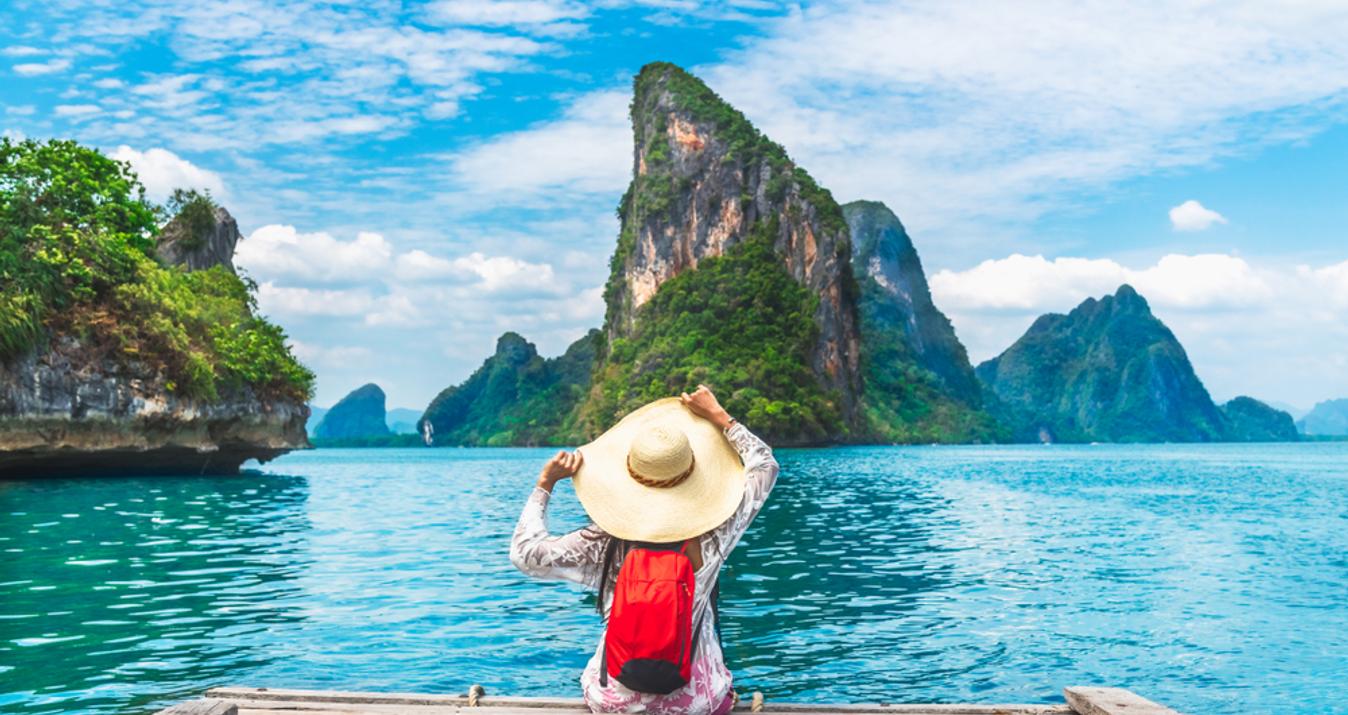Top Five Photography Spots in the Dolomites by Max Rive
August 12, 2019

Check out the best photography locations in the Dolomites, appropriate gear and shooting times for each of them.
There’s no denying that Italy’s Dolomites are stunning. This monumental mountain range in northeastern Italy is an idyllic playground for both outdoor adventurers and those seeking a taste of the region’s cultural heritage.
But given the size of the Dolomite range — the 18 peaks cover 350,000 acres (141,640 hectares) — it can be tough to figure out exactly where to go and what to shoot. Here are five favorite spots in the Dolomites explored by me over the years.
Seceda
This famous mountain massif of the Dolomites is located in the heart of the Puez-Odle Nature Park. The main peak is Sass Rigais, which is 3,025 meters high, like the neighboring Furchetta. The Sass Rigais can be scaled both from the Val Gardena and the Val di Funes, via a fixed-rope route starting in Santa Maddalena (in the Val di Funes) or Santa Cristina (in the Val Gardena).

How to Get There: Seceda can be reached from both the north and the south side. The north side is very steep and only accessible on foot over a hiking trail, while the south side can be reached on foot as well as by cable car. If you plan to take the cable car, you should drive to the village of Ortisei. The lifts only operate in the high seasons of summer and winter, which means your only option is to hike when planning to shoot outside these seasons.
When to Shoot: This location has the best light during sunrise, when the sun comes from behind the mountain and creates a lot of separation with all the peaks. It can be shot during every season. In summer you will have wildflowers, though in autumn the position of the sun is a little better.
Editing Tips and Tricks: Try to use a high amount of shadow details because of all the stone on the left side of the mountain. This part can become dark in the raw file. When shooting at sunrise (recommended), also make sure to maintain all details in the highlights by shooting at the right exposure and reducing the highlight amount in Luminar. When the sun is already above the mountain (more likely in summer), you can enhance the sun by using the Sunrays filter in Luminar. My recommendation is to apply this filter lightly in order to keep your image realistic.
Lago Limides
This is my favorite mountain lake in the Dolomites. It is surrounded with trees and mountains, and because of the changing water levels throughout the year, the lake never looks the same.

How to Get There: From the village of Cortina d'Ampezzo, it is a 25-minute drive to Passo Falzarego. From there, Lago Limides is a 20-minute hike to the east along a well-maintained trail.
When to Shoot: In summer the water levels are higher, which makes for better reflections, and in autumn you have the autumn colors surrounding the lake. Lago Limides can be shot at sunrise or sunset and during the night when the Milky Way is lined up above it. During the daytime, it is more difficult to get good light because the surrounding stones are too contrasty when they catch the sun.
Editing Tips and Tricks: A little Orton Effect can create that dreamy look on the water and the trees around it. If you use this in combination with the Soft Glow filter, the light on the surrounding mountains will get some extra glow. A small amount of Detail Enhancer on the small details will give more details to the trees and create more separation with the background.
St. Johann Church
This little church next to the village of Santa Magdalena has become world-famous due to the surrounding Odle mountains. It looks like a scene straight out of a fairy tale.

How to Get There: Drive to Santa Magdalena. Park your car in the bend of the corner or drive around 100 meters further to the Gasthof Waldschenke Hotel.
When to Shoot: St Johann Church can be shot at sunrise, sunset, and any time of day or night. The moment when the sun comes above the mountains and illuminates the autumn trees is my favorite. This really shows all the details, layers, and depth of the scene. At sunset, the mountains are illuminated; sunrise will only work if there are clouds above the mountain which catch the first light. For me, the only season to shoot is autumn.
Editing Tips and Tricks: Try to enhance the autumn colors with the HSL filter in Luminar. This can be done by increasing the brightness of the warmer tones and decreasing both the brightness and saturation of the blues.
Drei Zinnen/Tre Cime di Lavaredo
The Tre Cime di Lavaredo, also called the Drei Zinnen, are three distinctive battlement-like peaks in the Sexten Dolomites of northeastern Italy. They are probably one of the best-known mountain groups in the Alps.

How to Get There: Drive towards the village of Misurina, from where you can take the toll road towards the Rifugio Auronzo parking. From there, you have direct access to the loop around the Drei Zinnen. The other option (and my preferred option) is to park your car at the free parking at Di Parcheggio next to the Lago di Landro. From there, the hiking trail will go through the forest 1500 meters up toward the Drei Zinnen plateau.
When to Shoot: From spring to early autumn the sun will hit the north face of the Drei Zinnen at sunrise and sunset, which creates the best light. In winter, with snow, the mountains can look good throughout the day.
Editing Tips and Tricks: The Drei Zinnen look best when you enhance the bright orange colors of the stone with the dark blues behind it.
Alpe di Siusi
This is the largest high-altitude Alpine meadow in Europe. Located in Italy's South Tyrol province in the Dolomites mountain range, it is a major tourist attraction, notably for skiing and hiking.

How to Get There: Drive from Ortisei to the village of Compatsch. Park your car at the parking spot and hike on the road into the area of Alpe di Siusi. If you drive on this road, you risk getting a high fine.
When to Shoot: The best time is sunrise in both autumn and summer. In autumn you have better colors on the land, but in early summer you have a greater chance of getting low fog, which creates some incredible shooting conditions.
Editing Tips and Tricks: At sunset in autumn, I prefer to add some light from the side. At sunrise, I wait for the sun to come above the mountains and add a little of the Sunrays filter in Luminar to make that light a little bit more dramatic.
Originally posted by Max Rive at FStoppers.com
Check out the Luminar Looks "Dramatic Landscapes by Max Rive"






